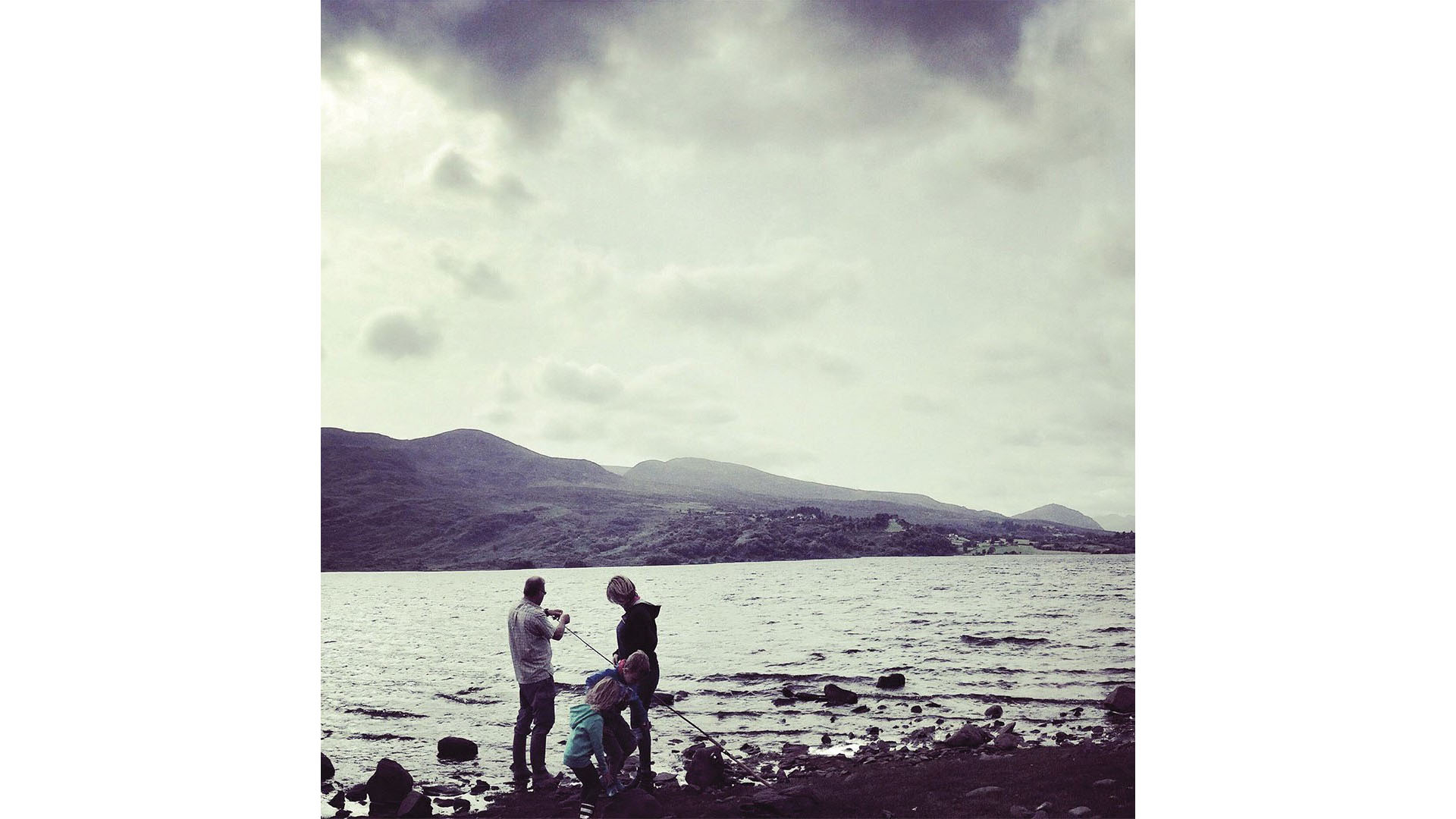How fishing as a ritual gives us a chance to connect with nature and create new memories.
Many people go fishing all of their lives without knowing that it is not fish they are after. — Henry David Thoreau.
My fondest memory is the time spent with my father, listening to tales told of when he fished with his dad. He has his own fishing traditions and rituals, which he passed on to me and I now pass on to younger generations.
There is something about waking up before dawn, watching the mist rise off the lake, listening to the sounds of chattering birds, smelling the fresh morning air, and feeling the anticipation of going fishing. Oddly, this same feeling occurs when people find themselves in an ice-fishing hut in frigid temperatures, or even when fishing at dusk along a shoreline amongst millions of mosquitoes. Anglers are passionate about their sport no matter the circumstances. It’s all part of the game—being one with nature and anticipating the thrill of the chase.
I remember as a youngster anxiously awaiting the early morning light to go fishing with my father. We would don our lucky fishing hats and vests, sneak quietly out of the cottage, and slide the boat silently out of its moorings to our favourite fishing spots. Sometimes, we would troll for lake trout with large silvery spoons on the end of our fishing lines, out in the deep water where lake trout cruise for their prey. These trout, stocked annually until the early 1990s by the Ontario Ministry of Natural Resources and Forestry, were fun to reel in and made a very tasty dinner for the family. Other times, we would cast jigs and crankbait into rocky shorelines in search of smallmouth bass. The bass had been introduced to the lake, either inadvertently or intentionally, but they provided great excitement for many an angler. Smallmouth bass love to feed on crayfish in the rocky shallows. Mimicking their prey is part of the fun, as is attempting to outwit them. Could our shiny spoons and jigs trick these elusive predators into chasing the bait? As I look back now, perhaps my fondest memory is the time spent with my father, listening to tales told of when he fished with his dad, and enjoying the camaraderie between father and daughter. He had his own fishing traditions and rituals, which he passed on to me and I now pass on to younger generations.
As a biologist, I taught my children to fillet fish for cooking, to study gut contents as a window into what fish eat, and to examine gonads —tiny granular eggs for females or a uniform pale fluid for males. A bit more labour intensive was the fun of counting rings on the scales or gill covers to determine the age of the fish. You don’t have to be out in the wilderness, however, to enjoy fishing. The northwest shore of Lake Ontario provides excellent opportunities for fishing. The Greater Toronto and Hamilton Area (GTHA) offers a wide variety of fish habitats and hence a wide diversity of fish species to be discovered. Some of these habitats include the still waters of Grenadier Pond in High Park, the backwaters around the Toronto Islands, the deep open waters of Lake Ontario, and rivers like the Credit, Humber, and Highland Creek. Fishing in the GTHA can lead to many exciting adventures.
If you and your family are new to the sport, attend one of Ontario’s Family Fishing Events, which occur several times a year. Fishing rods are often given away to children, and Ontario fishing licences are not required.
If the notion of actually catching fish is not to your liking but you are interested in witnessing rivers full of large fish during their migration run, you can join in on some fun at one of southern Ontario’s salmon festivals, or make your way to a nearby GTHA river in late summer. Here, you can watch tens of thousands of salmon and trout jump rapids and waterfalls on their way upstream to spawn. Atlantic, chinook, and coho salmon and rainbow and brown trout may be observed from the shoreline without the necessity of a single cast!
There are approximately 75 fish species in the GTHA, about half of all fish species found in Ontario. Lake Ontario and its waterways have undergone many transitions over the past few centuries, including species invasions and species extinctions. In the 1980s, Hamilton Harbour and the Toronto waterfront were designated Areas of Concern by the federal government due to poor water quality and loss of species diversity, and from this began a massive restoration initiative. Projects led by local conservation authorities and the provincial and federal governments have since led to better water quality, reduced contaminants, fish-habitat improvements, higher species diversity, and a healthier fish population. If you just want the enjoyment of catching a fish but prefer to release it, so much the better for the fish population.
Using barb-less hooks on your rod and live releasing the fish will allow species to thrive and reproduce. It’s also a good lesson to learn in conservation. To discover great fishing opportunities in your area, contact your local conservation authority at conservationontario.ca.
When my children were young, we would often travel throughout Ontario in search of good fishing spots and new species to catch. Fishing gave us a reason to explore our beautiful province, to make a connection with nature, and, most importantly, to create memories and traditions as a family.

